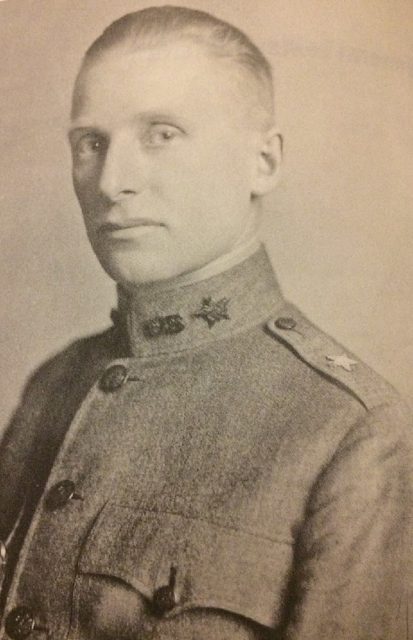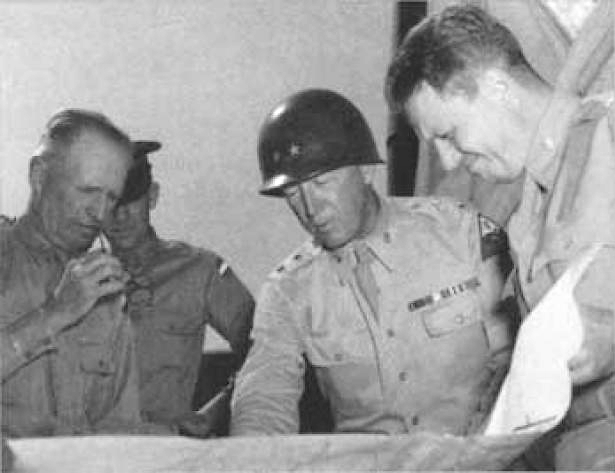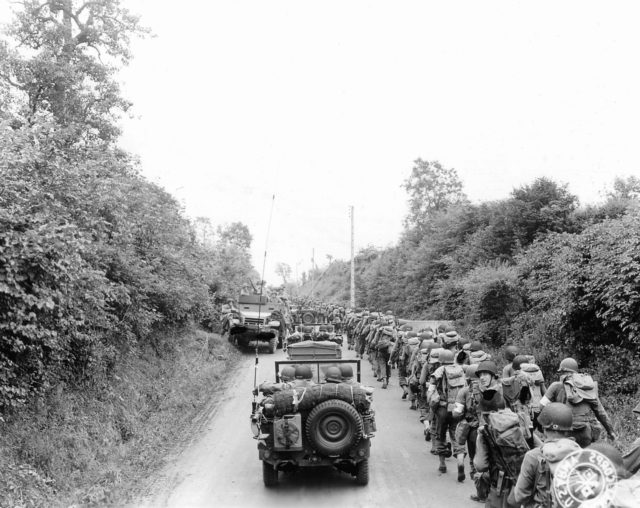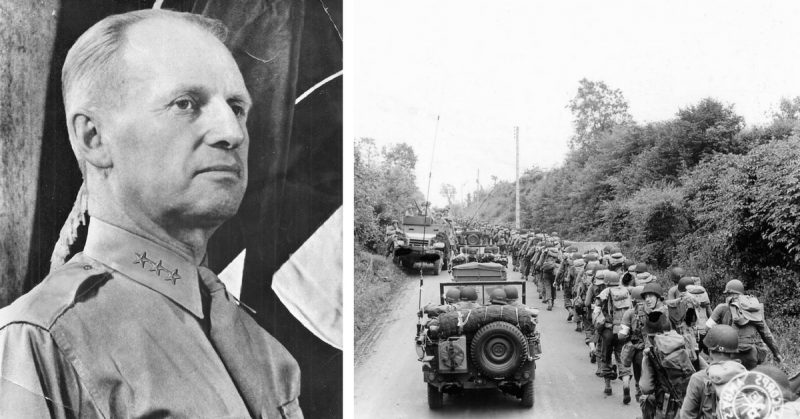Lieutenant General Lesley McNair never had the historical reputation he deserved. He never got to sit down in a comfortable chair, brandy at his elbow, and compose his memoirs. McNair never got to have the full trappings of a state funeral in his honor. Nor did his fellow Generals and West Point graduates give him glowing eulogies.
McNair never had any of those things because he was blown to smithereens by the US Airforce during Operation Cobra in a friendly fire incident that also left 136 American soldiers dead and over 500 wounded.
McNair was born in 1883 and served during both world wars. He graduated from the United States Military Academy, also known as West Point, in 1904 and became a Field Artillery officer.
By the time WWI broke out, McNair was serving as the assistant chief of staff for training with the 1st Division before becoming chief of artillery training with the American Expeditionary Forces. The role laid the groundwork for his pioneering reforms that sent ripples throughout the United States Army during WWII. An indication of his talent and skill within higher command was illustrated when McNair was made Brigadier General at the age of 35 – the youngest general officer the Army had at the time.
During WWII the American forces were able to defeat the Germans with brute force. However, there was also a more thought out process behind their tactics that was primarily due to McNair’s input.
From 1940 until shortly before his death, McNair was in charge of training and organizing ground forces. He developed a program that enabled every man that went through basic training to meet the demands of combat. It was not easy turning civilians into professional killing machines, but McNair pulled it off.

In order to do so, he used a training regime that was as realistic as possible. He began by teaching the wannabe troops basic skills before transferring them to small unit training and then division training. It allowed the Army to give them a grounding in the everyday skills needed to be a soldier before progressing to more specialized skills.

The new doctrines permitted the forces to modernize and perform well on the battlefield, especially in the face of a more mobile enemy. However, McNair was astute enough to realize that tanks and aircraft would not be the kings of the modern age.
The Minnesota native placed great importance on balance in his combat forces to include the perfect mixture of infantry, armor, and artillery. Instead of trying to copy the Germans at the height of their success, McNair believed the infantry was the backbone of the Army while other types of units should be used to support or exploit their success.
McNair was deployed to the European Theater in 1944. He was picked to lead the fictional First Army in a ploy to trick Nazi commanders and hide the real location and invasion plan for France. He went to observe troops in action during Operation Cobra.
Allied forces used heavy bombers to support grounds troops during the invasion of France. Unfortunately, there were two deadly incidences of friendly fire.

The first was on July 24. 1,600 aircraft flew over American heads in poor visibility. Although some were recalled and others declined to release their bombs, it resulted in 25 dead and 131 wounded men.
The incident that killed the General occurred the next day with similar horrific results. Instead of shelling east to west as requested, 1,800 planes from the 8th Air Force made their attack from north to south and over Allied lines.
111 US soldiers were killed and 490 wounded. It is said that McNair’s body was hurled 80 feet into the air and could only be recognized by the three stars found on one shoulder. It should never had happened particularly after the deaths occurring the day before due to friendly fire.
McNair was never a war hero. He never received the accolades of his comrades who led the liberation of Europe but he played an incredibly important role in the war and should be remembered for such.
